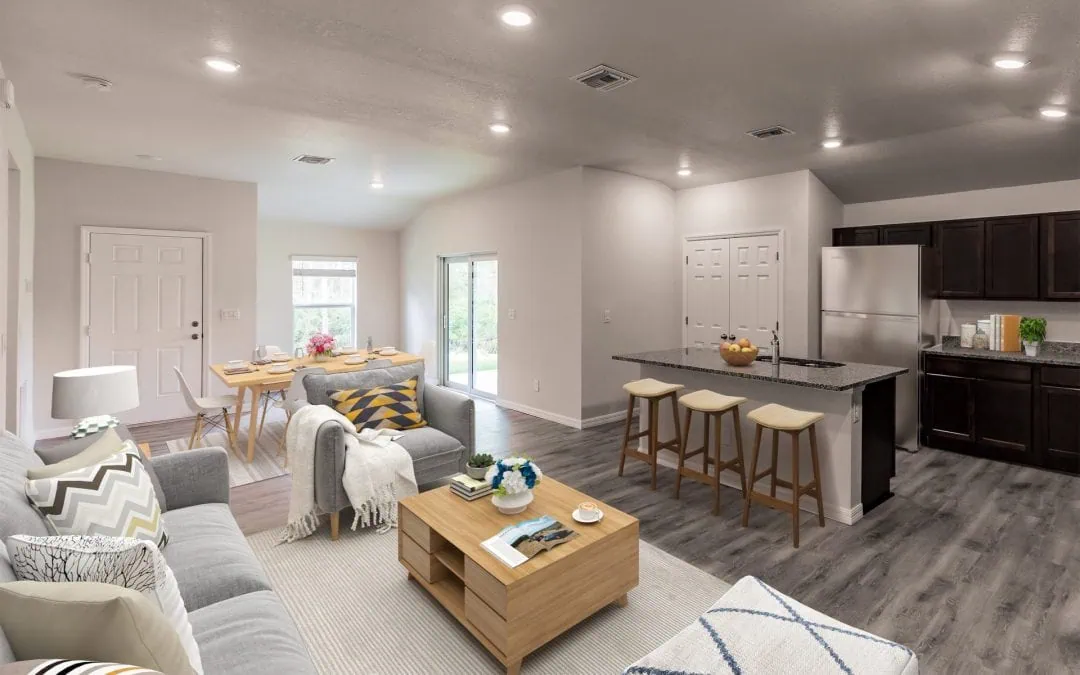Attracting tenants to your build-to-rent properties requires a strategic marketing plan that highlights the unique advantages of your offerings. In today’s competitive rental market, you need to employ innovative marketing strategies that not only capture the attention of potential tenants but also speak to their specific needs and desires. It’s imperative to create a tailored experience that makes your property stand out, ensuring that you appeal to the right demographic with the right message.
Effective marketing for your rental properties is not just about filling vacancies; it’s about establishing a brand presence and fostering a sense of community amongst your tenants. This involves a multi-faceted approach, including professional high-quality photos that show off the best elements of your property, and ensuring that your digital presence, from social media to virtual tours, is robust and engaging. As a property manager, it’s your role to communicate the unique value your property provides, from its state-of-the-art features to the convenience of its location.
Understand that the relationship with your tenants begins long before the lease is signed—it starts with the first interaction they have with your property online or in person. From attracting high-quality tenants who will respect and maintain your investment to implementing marketing tactics that reflect the latest industry insights and trends, every aspect of your marketing plan should be intentional and results-driven. Your objective is to create a competitive edge in the rental market that ensures the success and sustainability of your build-to-rent properties.
Defining Target Tenant Personas
To effectively market your build-to-rent properties, you need to develop detailed tenant personas. This process involves conducting demographic research, understanding the psychographics of potential renters, and analyzing the types of tenants that competitors are attracting.
Demographic Research
You start by gathering demographic data such as age, income, employment status, and marital status. This information helps you ascertain who your property is most suitable for. For instance, a downtown luxury apartment may appeal to young professionals with a higher income bracket, whereas a suburban property with multiple bedrooms might be more suited for families.
- Age: Target specific age ranges that align with your property style.
- Income: Determine income levels that fit your rental price point.
- Employment: Identify industries and employment statuses of potential tenants.
- Marital Status: Consider whether singles, couples, or families are ideal renters for your property.
Psychographic Profiling
Next, delve into psychographic profiling by assessing the lifestyles, values, and interests of your potential tenants. Psychographic information can significantly refine your marketing strategy and ensure that you’re attracting tenants who will find your property aligning with their lifestyle choices.
- Lifestyles: Gauge the daily habits and living preferences of your ideal tenants.
- Values: Understand what values (like sustainability or luxury) are important to your audience.
- Interests: Identify hobbies and interests to tailor your amenities and property features.
Competitor Tenant Analysis
Finally, conduct a competitor tenant analysis to understand the strengths and weaknesses in how your competitors are positioning their properties. Look at the types of tenants they attract and the marketing messages they use. Gain insights on how to differentiate your property and attract tenants who may be seeking something your competitors aren’t offering.
- Tenant Types: Observe the tenant demographics your competitors attract.
- Marketing Messages: Analyze the language and features highlighted by competitors.
- Differentiation Points: Pinpoint what sets your property apart from the competition.
Innovative Marketing Techniques
To stay ahead in the build-to-rent market, you must employ innovative marketing techniques that resonate with modern tenants. Your strategies should promote the unique features of your properties and leverage technology to reach a wider audience.
Digital Marketing Strategies
In the digital age, your online presence can make or break your ability to attract tenants. Invest in high-quality photography and immersive virtual tours to showcase your properties online. Platforms such as Matterport excel in providing these services. Additionally, search engine optimization (SEO) is crucial to ensure your listings appear at the top of search results. Engage with prospects through social media channels and consider using targeted online advertising to reach your specific demographic.
Community Engagement Initiatives
Building a sense of community can significantly attract and retain tenants. Organize local events that allow potential renters to experience what it’s like to live in your buildings. Encourage current tenants to share their experiences online, creating a buzz around your properties. Partnerships with local businesses can also help promote your properties and provide a tangible sense of the local lifestyle to prospective tenants, as seen in initiatives highlighted on Southern Impression Homes.
Incentives and Amenities Promotion
When marketing your build-to-rent properties, clearly promote any amenities and incentives. Amenities that cater to convenience, like in-unit washers and dryers or smart home technology, should be at the forefront. Incentives such as reduced rent for the first month or a referral program can act as powerful motivators. Details about your properties’ unique features and recent upgrades are effectively conveyed through well-crafted listings that highlight their value.

